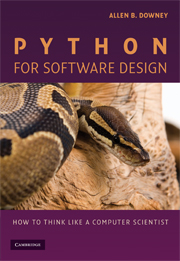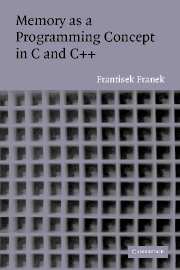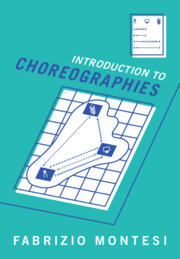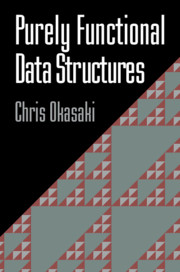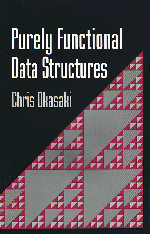Python for Software Design
A no-nonsense introduction to software design using the Python programming language. Written for people with no programming experience, this book starts with the most basic concepts and gradually adds new material. Some of the ideas students find most challenging, like recursion and object-oriented programming, are divided into a sequence of smaller steps and introduced over the course of several chapters. The focus is on the programming process, with special emphasis on debugging. The book includes a wide range of exercises, from short examples to substantial projects, so that students have ample opportunity to practise each new concept. Exercise solutions and code examples are available from thinkpython.com, along with Swampy, a suite of Python programs that is used in some of the exercises.
- No-nonsense style, perfect for beginning undergraduates and first-time programmers
- Difficult concepts explained in bite-size portions
- Lots of exercises, from short examples to substantial projects, with solutions and example code available from www.thinkpython.com
Reviews & endorsements
"I very much like Python for Software Design. I hope that instructors in computational science will learn some pedagogical lessons from it. Repeatedly, the book showed code that was simply readable. The feature, its rationale, its uses, and debugging hints are together for collective reference (like an object?). And ideas are repeated as they naturally reappear. Is that how computer scientists think? I don't know. But if that's how they teach, they're doing a fine job. When trying to teach the more difficult ideas of floating point errors, control of step size, mesh refinement, and parallel programming, computational scientists could learn something from Python for Software Design.
Dan Nagle, Scientific Programming
"... the book offers plenty of examples, very helpful explanations, and useful illustrations."
F.H. Wild III, Choice Magazine
"Downey successfully presents the programming language Python. The author provides details of Python in a cogent fashion, enabling a novice in programming to cover the material with relative ease. Downey succeeds in fulfilling his four goals, stated in the preface."
N. Chakrapani, reviews.com
"It is short and well written, it follows a very smooth progression, and its companion web Site is very good."
O. Lecarme, reviews.com
"a book that is nearly free from technical bugs; explains concepts in clear, readable prose; contains helpful illustrations; and integrates activities to engage its readers."
Max Hailperin, Computing in Science and Engineering
Product details
March 2009Paperback
9780521725965
270 pages
253 × 178 × 14 mm
0.47kg
25 b/w illus. 118 exercises
Available
Table of Contents
- 1. Preface
- 2. The way of the program
- 3. Variables, expressions and statements
- 4. Functions
- 5. Case study: interface design
- 6. Conditionals and recursion
- 7. Fruitful functions
- 8. Iteration
- 9. Strings
- 10. Case study: word play
- 11. Lists
- 12. Dictionaries
- 13. Tuples
- 14. Case study: data structure selection
- 15. Files
- 16. Classes and objects
- 17. Classes and functions
- 18. Classes and methods
- 19. Inheritance
- 20. Case study: Tkinter
- Appendix 1: debugging.

